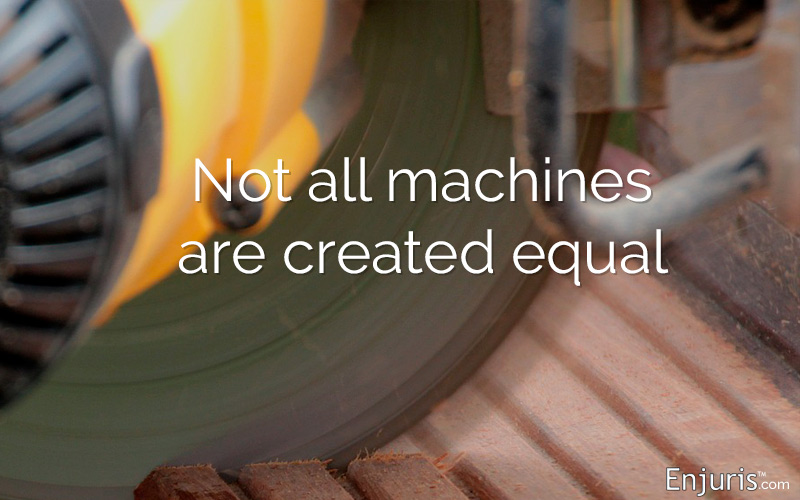
The most hazardous types of equipment and machinery in the construction industry — and what you need to know about them
Roughly 10.3 million Americans are employed in the construction industry. Most of these workers are exposed to dangerous equipment and machinery every day. If something goes wrong, it can change the worker’s life forever—and, unfortunately, there’s a lot that can go wrong.
Some machines are inherently dangerous and may hurt an unfocused or inadequately-skilled worker. Other times, a particular machine, while usually safe, is defective and causes an injury. Still other times, the machine is safe so long as certain safeguards are put in place, but the employer or employee fails to do so.
Depending on the circumstances of your construction accident injury, you may be able to file a workers’ compensation claim or a personal injury lawsuit to receive compensation for your medical expenses.
Construction accident statistics
The construction industry is widely considered one of the most dangerous industries in the United States. Of the 4,674 worker fatalities in 2017, more than 20% were in the construction industry.
This danger affects laborers of all ages and experience levels. In fact, the number of fatalities among construction workers younger than 35 years old has fallen over the past 2 decades, while the number of construction workers 55 years and older has grown.
Nonfatal injuries have followed a similar trend. Over the last 2 decades, nonfatal injuries among workers aged 25–34 dropped 38%, but injuries tripled among workers 55 years and older.
Female workers account for a relatively small proportion of the construction workforce. Nevertheless, approximately 14 female construction workers are killed every year. Additionally, roughly 3,500 female construction workers are injured on the job every year.
The 4 leading causes of death in the construction industry (sometimes called the “fatal four”) include:
- Falls
- Being struck by an object
- Electrocutions
- Getting caught-in or compressed by machinery or other objects
Most dangerous equipment and machinery in the construction industry
Construction workers will be the first to tell you that not all equipment and machinery are created equal. Let’s take a look at 5 of the most dangerous pieces of equipment and machinery in the construction industry based on injury and fatality statistics.
1. Ladders
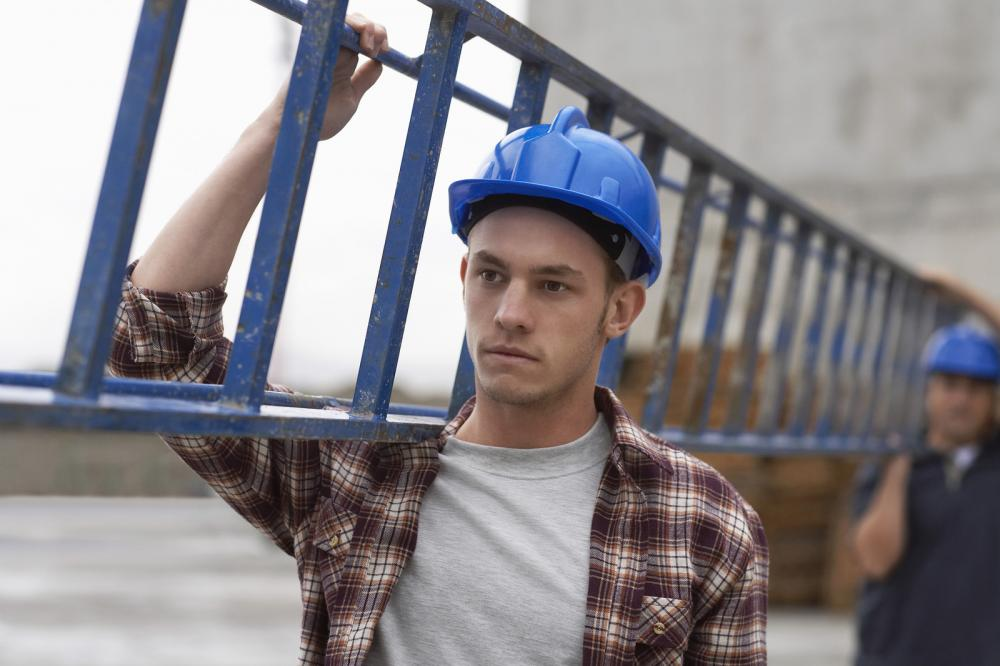
Falls are the leading cause of death among construction workers, accounting for 39.2% of all deaths in 2017. The rate of nonfatal fall injuries in the construction industry is 50% higher than all other industries combined. Many of these falls occur while construction workers are on ladders.
Occupations within the construction industry where workers are particularly at risk of falling from a ladder include:
- Ironworker
- Roofer
- HVAC technician
- Carpenter
- Electrician
- Painter
The Center for Construction Research and Training published several tips to help workers avoid falling from ladders:
- Inspect the ladder before every use. Inspect the rails, rungs, feet, and spreader locks for defects every time you use a ladder. Also, be sure to check the ladder’s duty rating to make sure it will support you and your equipment.
- Position your ladder properly. Make sure you have a level footing and that your ladder is positioned close enough to your work area so you can avoid overreaching.
- Use the ladder safely. Maintain “3 point contact” with the ladder at all times: 2 hands and 1 foot, or 2 feet and 1 hand. Also, have a co-worker hold the ladder when you climb up or down.
2. Bulldozers
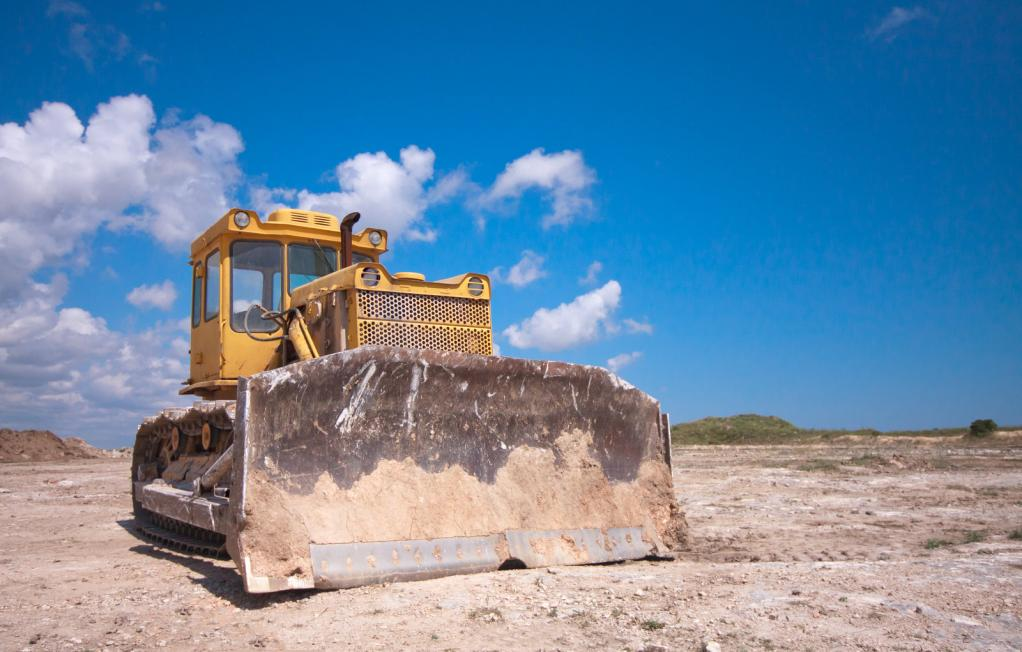
According to the CPWR, almost 100 people are killed every year by mobile, heavy equipment. There are few pieces of equipment heavier than a bulldozer, which can weigh anywhere from 8–104 tons. The main causes of bulldozer injury include:
- Being struck while the bulldozer is backing up or changing direction
- Being crushed when the bulldozer rolls over while on a slope or while the bulldozer is being loaded or unloaded (loading is considered more dangerous)
- Being run over while performing maintenance on the bulldozer because the brakes aren’t set
- Being crushed by the bulldozer’s blade
Bulldozers are also dangerous because of the noise they make. Specifically, bulldozers operate at a decibel level of 93–96. Workers exposed to this noise level will lose some of their hearing over time. Even more worrisome, workers may not hear critical warnings or instructions from co-workers over the sound of the bulldozer.
3. Saws
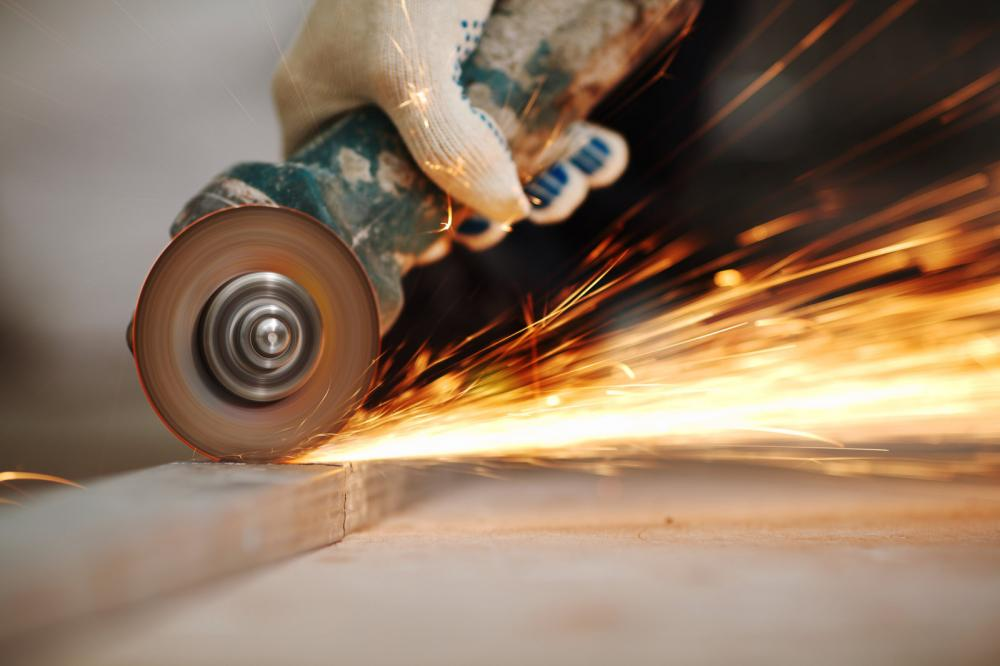
Power saw injuries are routinely reported to the US Department of Labor.
Let’s look at an example:
How could such an incident have been prevented? Once again, CPWR has some suggestions:
- Read the owner’s manual before using a saw
- Check saw blades for cracks and obstructions
- Wear goggles and protective gloves and shoes
- Avoid wearing jewelry or loose clothing
- Don’t cut anything until you’ve cleared your work area and are on solid footing
- Always unplug the saw before you change the blade
4. Backhoes
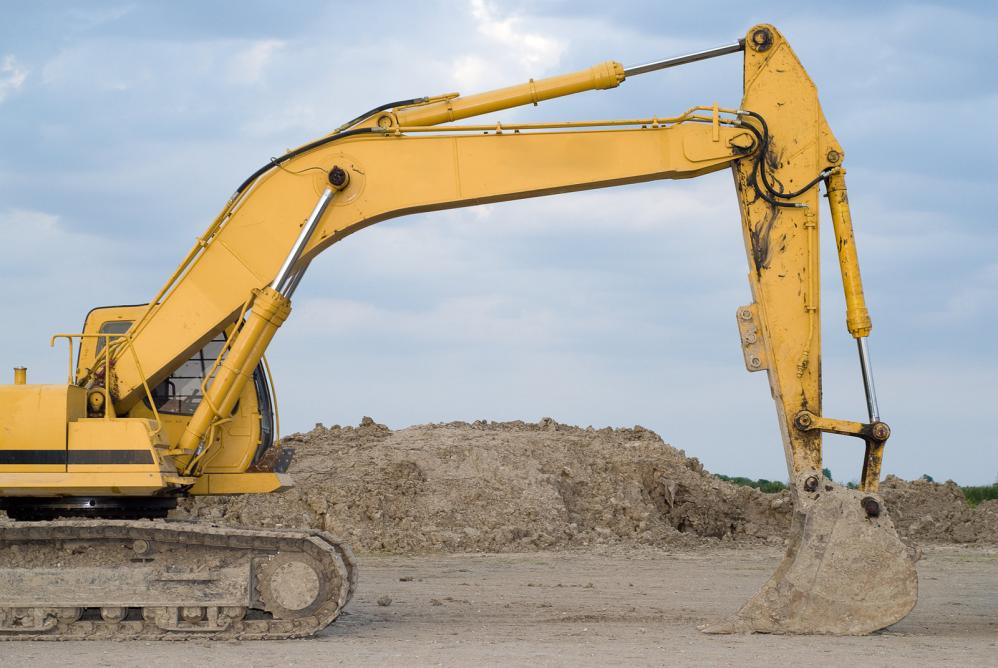
Backhoes generally have a shovel at the front and a bucket at the back, making the machine dangerous from both ends. A worker can be run over by the machine, struck with the shovel, or trapped beneath the backhoe when it rolls over.
Let’s take a look at some general tips to keep you safe while using a backhoe:
- Read the owner’s manual before use
- Wear safety goggles and safety shoes
- Check the backhoe to make sure the safety devices are in good working order (this includes the rollover protective structure, seat belt, guards and shields, backup warning system, and mirrors)
- Check the machine daily for broken or missing parts
- Keep the machine clean (especially steps, handrails, pedals, grab irons, and the floor of the cab)
- Check the work area for hidden holes, obstacles, and drop-offs
- Look above you for utility lines
- Always use the hand rails, ladders, and steps provided (never grab controls or the steering wheel when entering or exiting the cab)
- Don’t allow children in the cab with you
5. Cranes
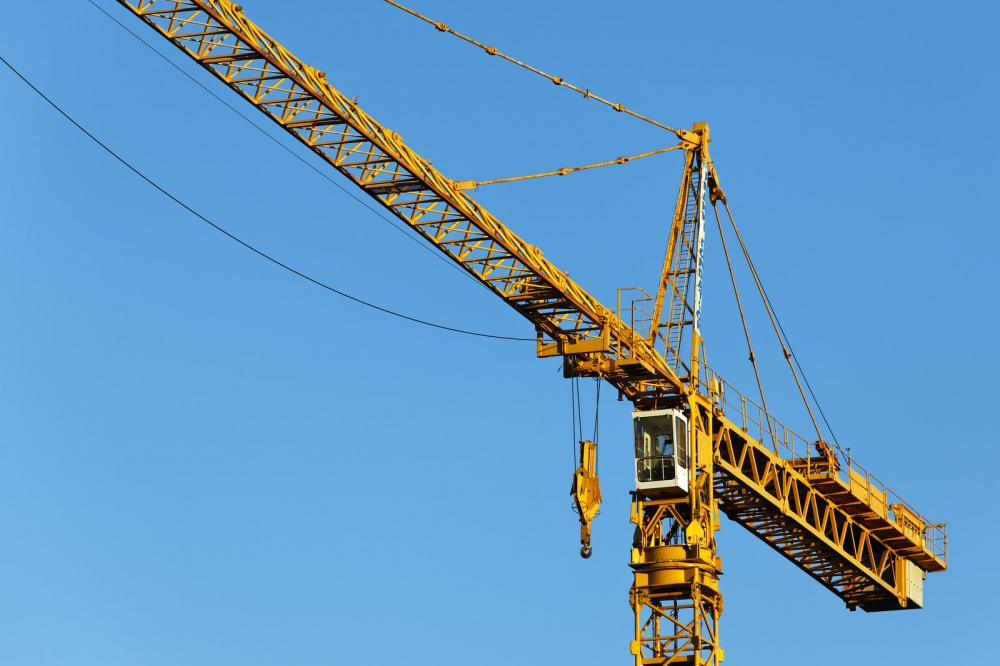
Cranes are widely considered one of the most dangerous “heavy” pieces of equipment used within the construction industry. According to the CPWR, approximately 42 construction workers are killed by cranes every year.
The main causes of injury and death involving cranes include the following:
- Electrocution. These injuries and deaths occur when the crane boom or cable contacts and overhead power line.
- Struck by crane loads. Struck-by-load injuries generally occur when a load comes loose from the rigging, the load strikes the worker when the crane turns or tilts, or the load comes loose while being loaded or unloaded.
- Struck by crane or crane part. These injuries usually occur when a worker is struck by a falling crane boom or jib.
- Crane collapses. There are a number of reasons why a crane might collapse. For example, the crane might collapse as a result of the unstable or uneven surface on which it was sitting. The crane might also collapse because it’s overloaded or because there’s a sudden shift of the crane load or boom.
Who’s responsible for a construction accident?
If you’ve been injured by equipment or machinery while working on a construction site, you may want to file an injury claim so that you can be reimbursed for your medical expenses.
But who should you sue?
In most cases, it will be 1 of 2 people:
- Your employer. Your employer has a duty to provide you with a reasonably safe work environment. If your employer fails to do so, and you suffer an injury as a result of their failure, you may be able to file for workers’ compensation benefits or sue your employer.
- A manufacturer. If the equipment or machinery you used was defective, and the defect caused your accident, you may be able to sue the manufacturer of the equipment or machine. This is known as a product liability lawsuit.
The specific damages you can recover in a civil lawsuit will depend on the nature of the accident, as well as the laws of the state in which you file your lawsuit. However, in most cases, you will be able to recover economic damages (medical expenses, lost wages, etc.) and non-economic damages (pain and suffering, loss of consortium, etc.).
What about a workers’ compensation claim?
Workers’ compensation is a type of insurance that provides benefits to employees injured during the course of employment. The vast majority of employers are required to provide workers’ compensation insurance.
So long as your employer has workers’ compensation insurance and you were injured while doing your job, you should be able to file a workers’ compensation claim in lieu of filing a personal injury lawsuit.
A workers’ compensation claim is generally favorable to a personal injury lawsuit because—unlike a personal injury lawsuit—you don’t need to prove that your employer did anything wrong. However, the damages that you can recover may be limited.
See our guide Choosing a personal injury attorney.
